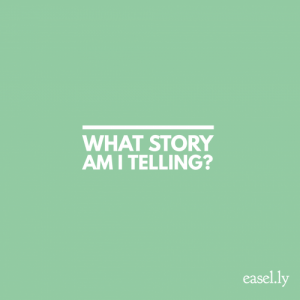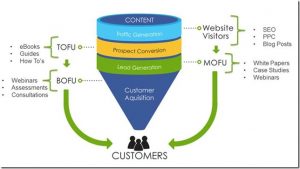
The secret sauce in creating a product or service that has the potential to go viral is adding something that creates more value when more people in the user’s network use or adopt it. This is known as the network effect.
Facebook understood the network effect concept very well. If you are the only person in your network of friends with a Facebook account, well Facebook is pretty useless. Facebook’s customer-facing value proposition is its ability to peek into the lives of people in your close (and not so close) network. The larger the network, the more value it has to you as a user.
I’d like to share a few examples of products where I used my personal network connections to help the product go viral.
My family used to use a free tool called Life360. This application used the GPS built into our smartphones to plot each person’s location on a map, so we could see where all of our family members were at any given time of day or night. In itself, the application had no real value. Yet, when everyone in a circle of friends or family used the app, you could see where the other was at the touch of a simple button.
The value of Life360 really came to life for us one day, prompting us to encourage everyone we cared about to sign up and join our circle. My youngest son Hank worked at a country club restaurant and ended his workday between 9:30 and 10:00 p.m. each day. One evening, while watching the evening news, we saw a report about a fatal accident on a road my son uses each night to get home from work. With a simple click of the Life360 app, we saw he was home and safe no call or text necessary.
In another example, my entire family used to use another free tool called Voxer that acts as a walkie-talkie. It even recorded the exchanges, like a messenger app, so you could play the conversations back later as a reminder or address the message later when it was more convenient for you.
With Life360 and Voxer, you only get any real value when you tell the other people in your network that they need to start using the tool too. That is the power of making things go viral, using the network effect because it turns users into salespersons.
I can hear you saying that is great for an app, but I deliver a service and this concept will not work for me. Okay, then let’s say you have a service like Verizon or MCI. This concept still worked for them. These companies made it free to call other Verizon phones or your friends and family in your MCI circles. Therefore, if you had a cell phone from Verizon or a landline service from MCI, you would have wanted others in your calling network to also subscribe to the same service, so you could call them all for free. As an added benefit, it also builds in what is called the lock-in effect. For many years, I stayed with Verizon as my phone provider because my wife spoke to her sister for hours every day and her sister also used Verizon, and Verizon to Verizon calls were free.
Now to be 100% correct, there is another concept called the Viral Effect. Viral effects are about the growth of new users. It is about having something people actually want to talk about and generally share, creating a word-of-mouth epidemic. Therefore, viral effects are when you do something to get your existing users to bring you more new customers, usually for free as a social agent. The network effect is more about adding value and defensibility to your product. The network effect is when every user adds incremental value to all other users of your product so that it becomes difficult for customers to find another product that brings them as much value.
How can you build a sharing component into your product or service and leverage the network effect?
Business & Finance Articles on Business 2 Community
(67)







